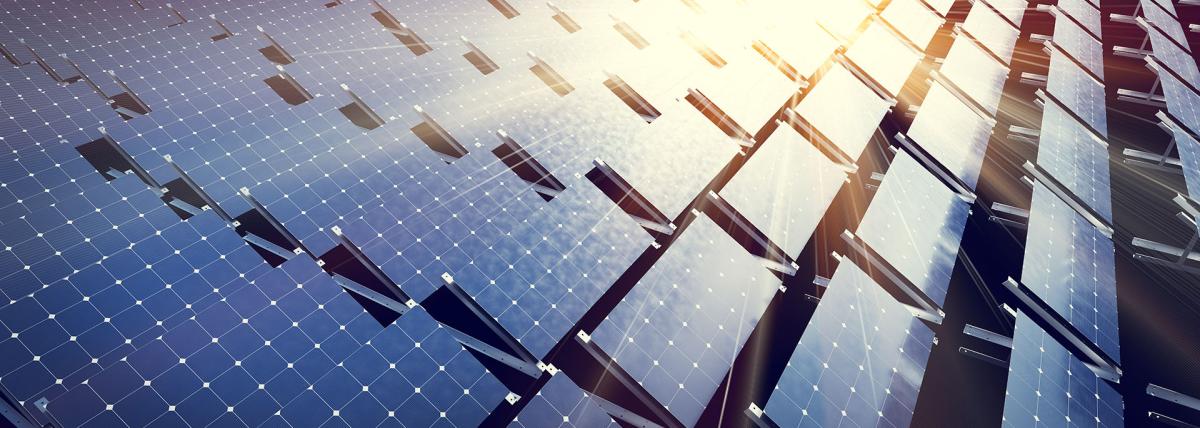
Calorimetry: Measuring the Calories in Food
This hands on activity uses calorimetry to determine the calorie content of snack food. Different samples of snack foods are burned and the temperature change of surrounding water is measured. This temperature change is used to calculate the calories released from each sample. The calories per gram are then calculated and compared to the information on the nutritional label for the specific snack. Students are expected to make a claim, provide evidence and reasoning why there may be a difference in values.
Lesson Plan Link/URL
https://docs.google.com/presentation/d/1hM4CuJU6lKTVzitZK5_yJ4yuiGtykZFg/edit?u…Subject Area
Science Physical Science P4: Energy Transfer Mathematics Operations and Algebraic Thinking (OA)Related Content

This lesson is intended to be the second lesson within a series. After the first lesson, exploring the transfer of power within a system, Students utilize this lesson, lesson 2, to explain how and

Part one of a four part project exploring the movement of the brain upon impact in everyday activities. This lesson uses Pocketlab Voyager sensors to analyze brain movement in high impact activities

Students will build a paper marble run out of recycled paper which maximizes the time of travel. Students will then analyze the run with energy diagrams and determine how much energy was lost.

